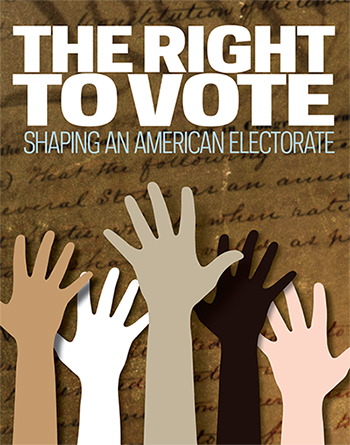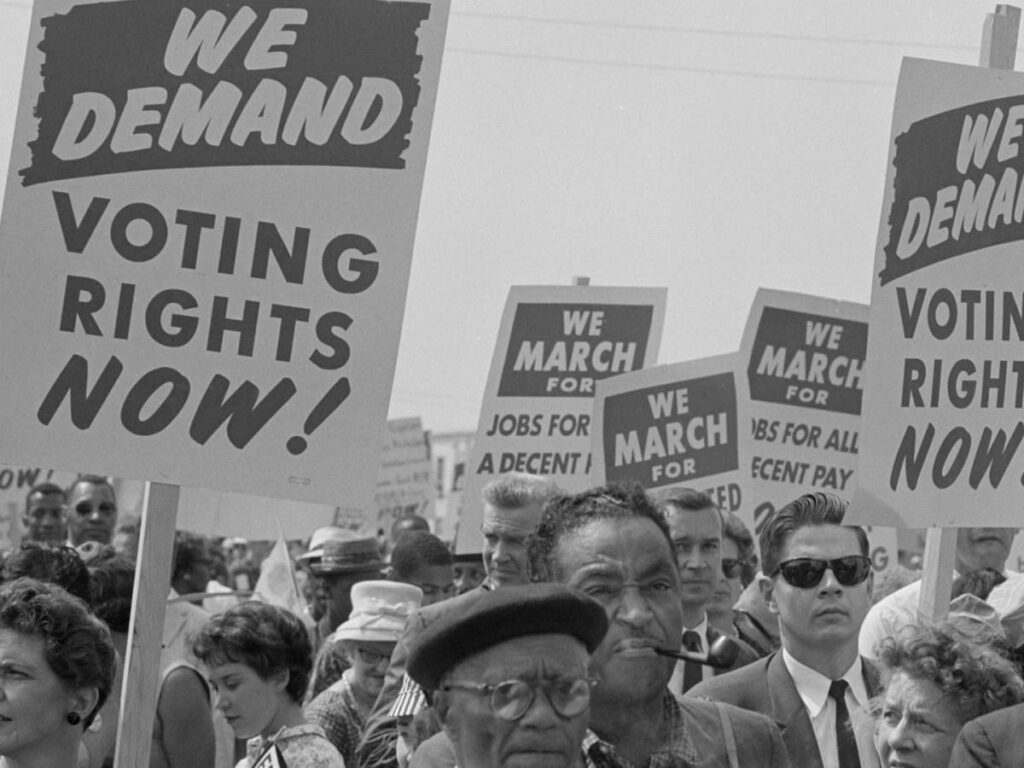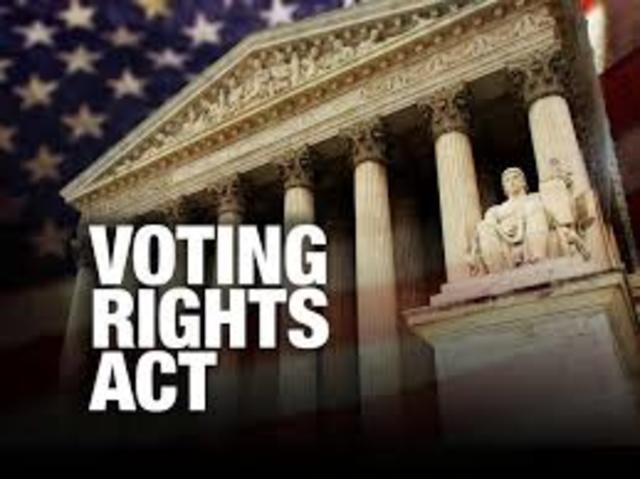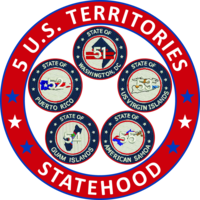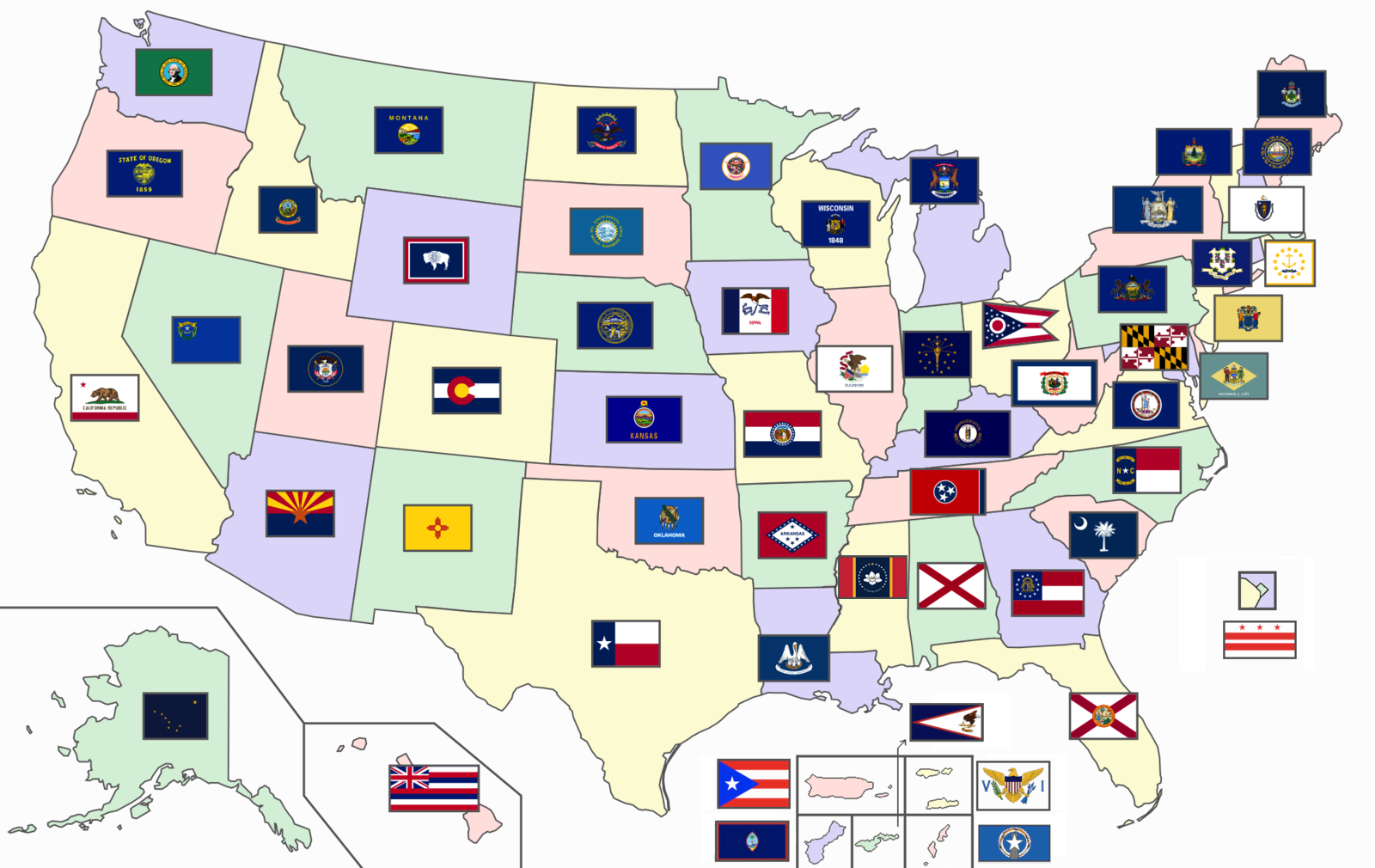
History and Political Status
All five of these territories have larger populations than Nevada did when it was admitted with around 40,000 people in 1864. Washington, DC is larger than two existing states and Puerto Rico is larger than 21 states. The history, political status and populations of all five are:
American Samoa: 55,000
American Samoa became a U.S. territory by deed of cession, starting in 1900. The matai (local chiefs) of Tutuila, the largest island in American Samoa, ceded the island to the United States in 1900. Manu’a followed in 1904. Swain Island joined the territory in 1925 by an act of the Congress. Authority over American Samoa was initially placed with the U.S. Navy which oversaw the territory until 1951. Authority was transferred to the Department of the Interior (DOI) in 1956, where it resides.
The U.S. Virgin Islands: 105,000
The Caribbean island chain known as the Virgin Islands was divided into two parts in the 17th century, one English and the other Danish. The Danish part had been in economic decline for quite some time, owing to losses in sugarcane production after slavery was abolished in 1848. In 1917, the United States purchased the Danish part for $25 million, mainly for strategic reasons to assure tranquility in the Caribbean Ocean. U.S. citizenship was conferred on U.S. Virgin Islanders in 1927. Federal authority over the new U.S. territory was placed in the Department of the Interior in 1931, where it resides. The Organic Act of 1936 laid the foundation for self-government and a more elaborate governmental structure emerged from the revised Organic Act of 1954. The first elections for constitutional officers were held in 1970.
Gaum and the Northern Mariana Islands: 230,000
Guam became a U.S. territory in 1898 and placed under the jurisdiction of the U.S. Navy. The Guam Organic Act of 1950 conferred U.S. citizenship on Guamanians and established the territory’s government. The Act also transferred Federal jurisdiction over Guam from the U.S. Navy to the Department of the Interior. First elections were held in 1970.
Washington, DC: 705,000
Washington was established by the Constitution of the United States to serve as the nation’s capital of the United States as the result of a compromise following seven years of negotiation by members of the U.S. Congress as they tried to define the concept of a “federal enclave.” On July 17, 1790, Congress passed the Residence Act, which created a permanent seat for the federal government.
Puerto Rico: 3,193,000
On 25 July 1898, during the Spanish–American War, the U.S. invaded Puerto Rico with a landing at Guánica. After the U.S. prevailed in the war, Spain ceded Puerto Rico, along with the Philippines and Guam, to the U.S. under the Treaty of Paris, which went into effect on 11 April 1899; Spain relinquished sovereignty over Cuba, but did not cede it to the U.S.
Why Statehood for Washington, DC, Puerto Rico, the U.S. Virgin Islands, American Samoa, Guam and the Northern Mariana Islands?
For over two-centuries, the residents of the remaining U.S. territories have been subjected to systemic racial and political inequality and denied the full rights of citizenship that residents of states enjoy including voting representation in Congress. It is time to provide the admission of the State of Washington, DC, Puerto Rico, the U.S. Virgin Islands, American Samoa, Guam and the Northern Mariana Islands.
Does it take a Constitutional Amendment to admit new states to the Union?
No new state since 1791, was admitted by Constitutional amendment. All New states were admitted by Congress by simple congressional legislation and there has never been a successful constitutional challenge to the admission of a State. The Constitution Commits admission decisions solely to Congress.
Does the 23rd Amendment prohibit granting the five US territories Statehood?
The Constitution including the 23rd Amendment does nothing to prohibit the granting of statehood to the five remaining U.S. territories. The Constitution does, however, lay out the process by which states are admitted to the Union. The Constitution gives Congress the power to admit new states as long as it assures they are republics and that the majority of people of the territory want to be admitted. The people of these five U.S. territories, Washington, DC, Puerto Rico, The U.S. Virgin Islands, Guam and the Northern Mariana Islands and American Samoa have been subject to US law for over 100 years, except the (Northern Mariana Islands), yet are denied equal say (in many cases any say at all) in making US law. They are literally second-class citizens.
